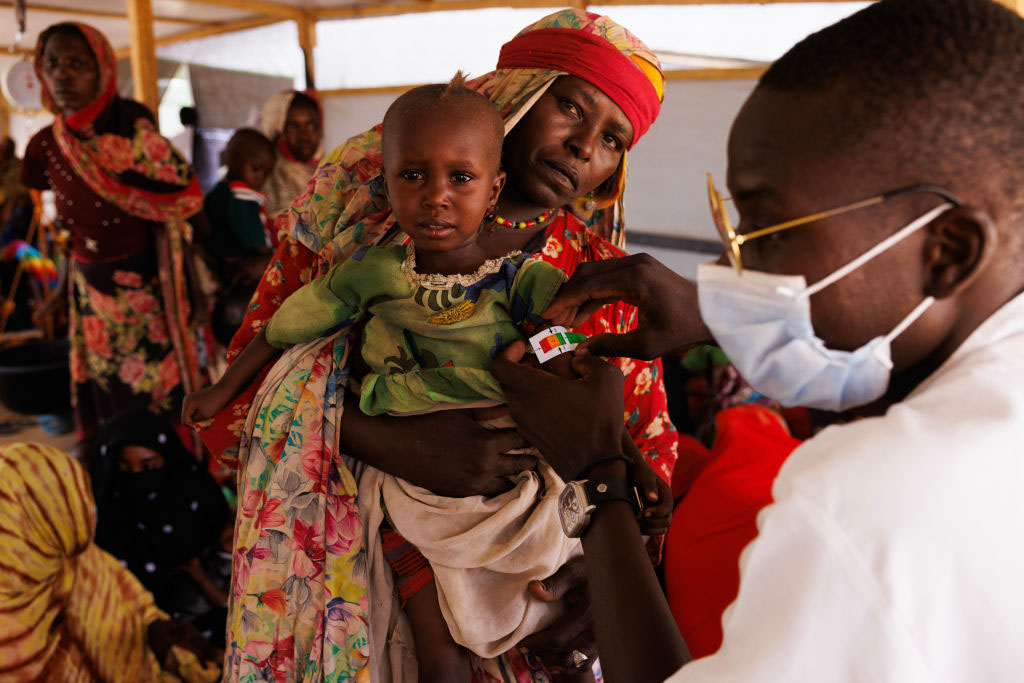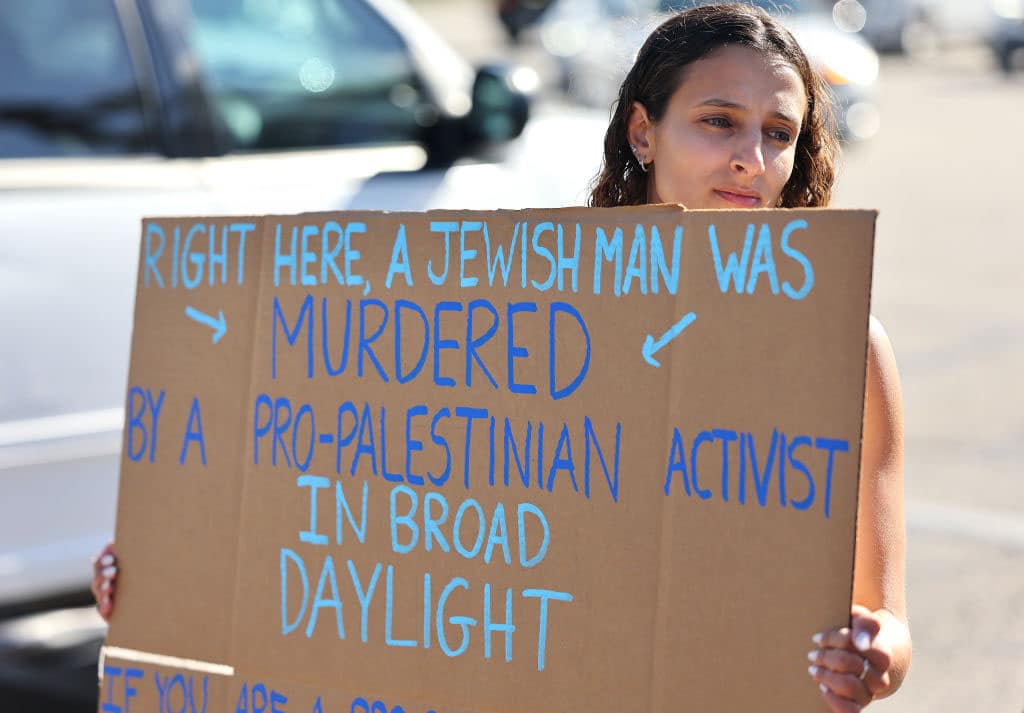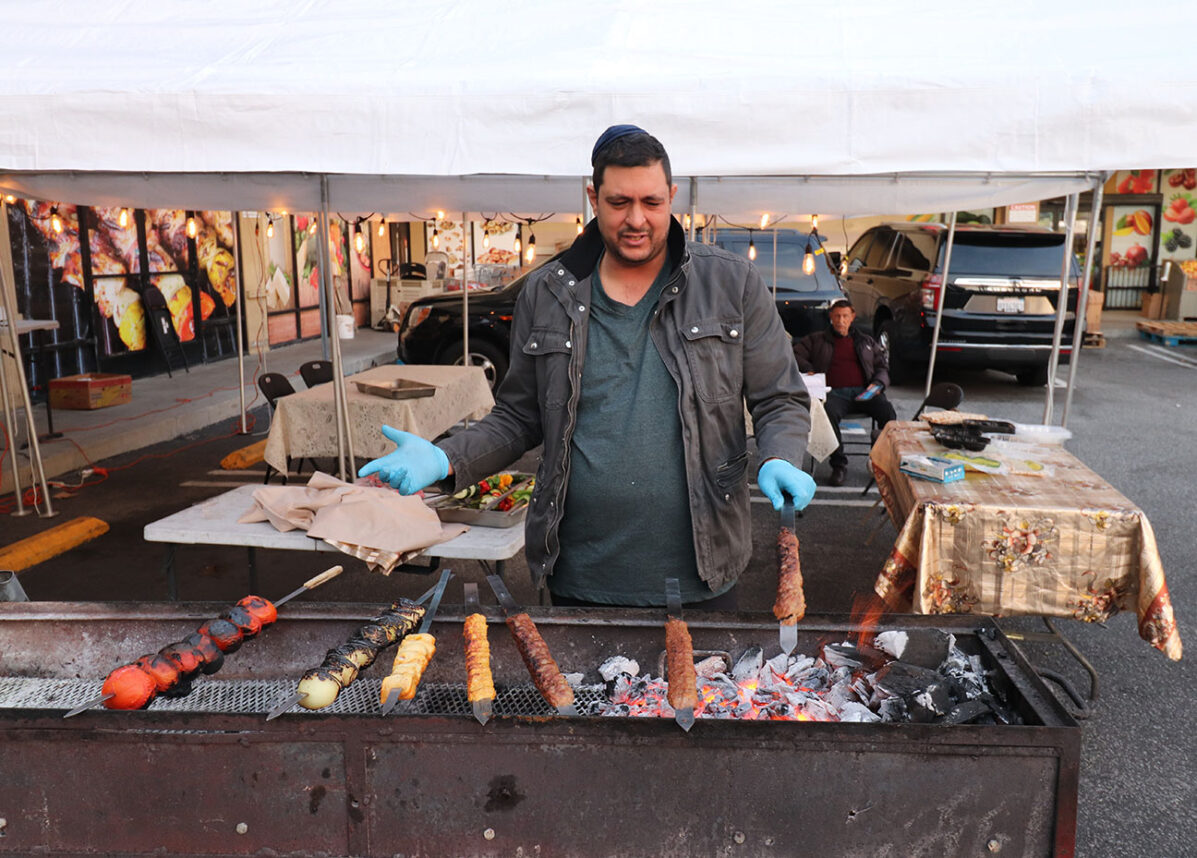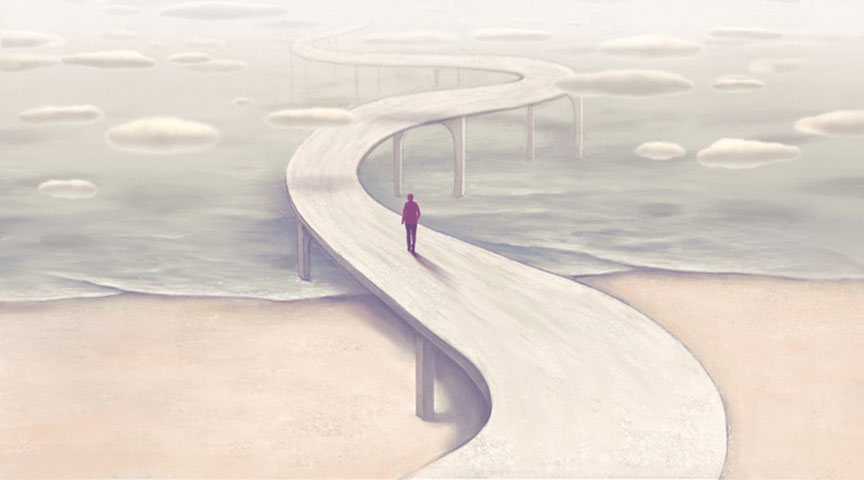I was aware from the very beginning that my first stop in Slovakia is not going to amaze me by its architectural or landscape beauty. However, I knew beforehand that it is going to be something special due to certain fascinating geographical, national and linguistic reasons. If only I’d have remembered the main factor, which can make any god forsaken place special. The human factor.
The town of Komarno was a must see. It lies on the magnificent Danube, which is a natural border between Slovakia and Hungary. In addition to that, the town is equally (around 100km) away from the capitals of both states – Bratislava and Budapest. But despite of the great location, which turned Komarno into an important military and trade port some centuries ago, the city’s 35,000 population is rapidly declining. 40 of those people are members of local Jewish community. It may seem to be a miserable particle of the famous community which the city hosted before the WWII, but would you think that it almost doubled during the last 15 years?
Tamas Paszternak, the leader of Komarno’s community, knows how hard it is to attract new people to a small town in one of the poorest regions of one of the poorest European countries. Even trying to retain the current residents is already a challenge – Tamas himself lives in Budapest. Is a good old word ‘duty’ able to describe the strange force which makes Tamas put all his efforts on sustaining and developing this community? He started with a simple rule – at least one event per month needs to be organized in a former community building, which the community managed to reclaim from the state in the 1990s. Be it a major Jewish holiday, a klezmer concert, an art exhibition or a lecture – one event per month is just like a pulse of the community, a monthly confirmation of its existence. The signal was received and accepted. Today the Jewish center on Eötvösova street attracts dozens of people, many of which come from outside of the community – simply because this organization became probably the most vibrant place of the town.
But Paszternak goes further. Newly restored synagogue, the only monthly Jewish community magazine in Slovakia with 400 printed and numerous e-mailed copies, different activities for all age groups, assistance in roots search – this is only a part of what the community has achieved now. However, not everything goes that smooth. While the involvement of non-Jewish population is high, a certain degree of hostility is still there, claims Tamas. Thus, while some highschools invite him to teach about the history of Jews in Komarno, universities are not willing to have any Jewish-related input to their history course programs. Paszternak’s attempts to prevent a Hungarian Neo-Nazi band from performing in the town was unsuccessful too. But it seems that for this person there is no aim which is too high, there are only aims which he has to reach.
“Being a Hungarian-speaking Jew in Slovakia is not even a double trouble” – smiles Tamas. I remembered these words while walking the empty streets of Komarno’s cozy old town towards the station, hoping deep inside that the freezing wind is the only reason why I hardly met a person in this town. The oddly-yellow building of the town hall, arty-crafty newly-built Europa square with its pretentiously pan-European buildings, the ruins of medieval Komarno fortress, which used to host Soviet barracks, dull docklands, beautiful Danube, and this wind, which can spoil the impression of any city. Is this ‘triple trouble’, is this ruin actually the force which made this man dedicate all his life to the tough mission of revival, which results can only be visible locally, since 100 km is way to far and numbers of 35,000 and 40 are way to small? Is this actually a revival? And will this revival go on?






















 More news and opinions than at a Shabbat dinner, right in your inbox.
More news and opinions than at a Shabbat dinner, right in your inbox.